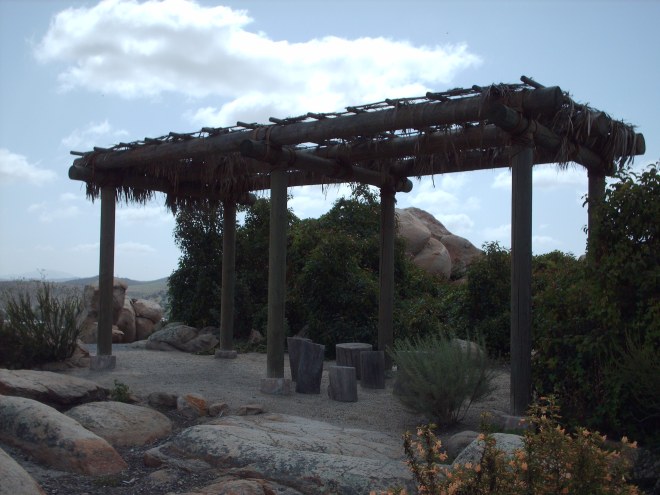“The road to Mount Fairview continues for miles through Don Alvarado’s ranch and through a beautiful country watered by the San Luis Rey River and heavily timbered, but it is little settled and the echoes of its solitudes are only broken by the tinkle of a cow bell or the sharp crack of a vaquero’s whip. The approach to Mount Fairview is very pretty and as a farming country will have a great future. Farm houses although few and far between are met surrounded by orchards and vineyards, all giving proof that the industry of the community is well rewarded.”
That’s an excerpt from an article in the San Diego Sun of September 19, 1883 called, “Our County: A Trip Into the Country.”
Mount Fairview continued to develop as a farming community. A visit by a San Diego Union reporter to the San Luis Rey Valley six years later had as a tease under the headline: “A Beautiful Pen Picture of Rural Richness—One Part of San Diego’s Back Country—Fruit, Vegetables and Grain in Marvelous Profusion.”
The reporter described in detail the farms of a number of people who’d homesteaded in the valley over the previous decades, like R. A. Foss, W. H. Libby and John Shoop. Those names may not be familiar to most of you readers out there. For that matter, you may not recognize the name Mount Fairview, which is understandable because the little community ceased to be called by that name quite a while back. It came to be named for another one of those 19th century settlers the Union reporter visited in 1889. I’ll let the reporter do the introduction:
“Beginning to look for quarters for the night, I was directed to ‘Fruit Vale farm and nursery,’ at the mouth of Gopher canyon. Reaching this beautiful place at a moment of vital importance, the hospitality of the owners, Mr. and Mrs. James Bonsall, was shown in a cordial invitation to spend the night at their house, where I can at this moment be found seated in the shade of an immense pepper tree.”
Sources for this post included historic San Diego newspapers and the 1984 book, The Little Old Bonsall Schoolhouse by Virginia Funk.
Get Updates Automatically-Become A Follower of the San Diego History Seeker
You can get weekly updates of San Diego History Seeker automatically in your email by clicking on the “Follow” button in the lower right corner of the blog page. You’ll then get an email asking you to confirm. Once you confirm you’ll be an active follower.


